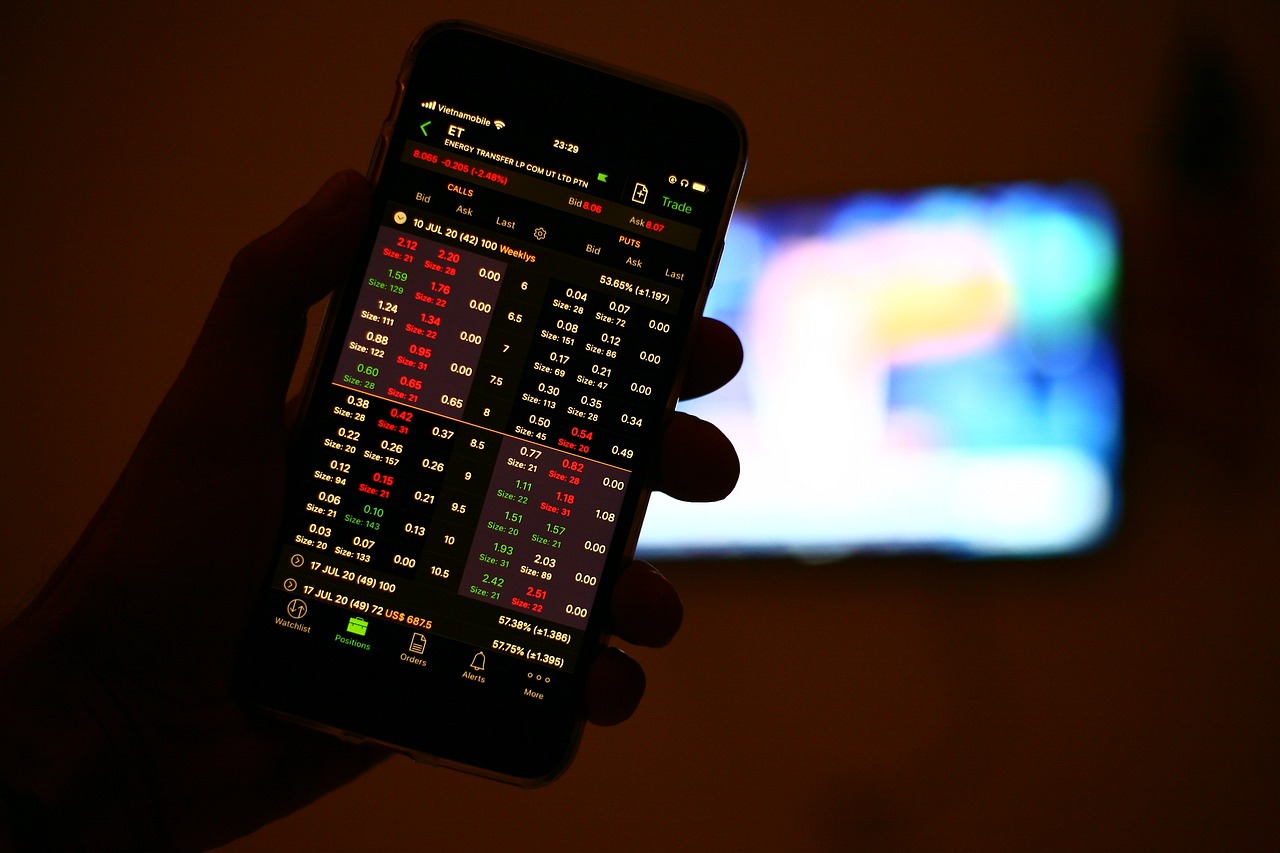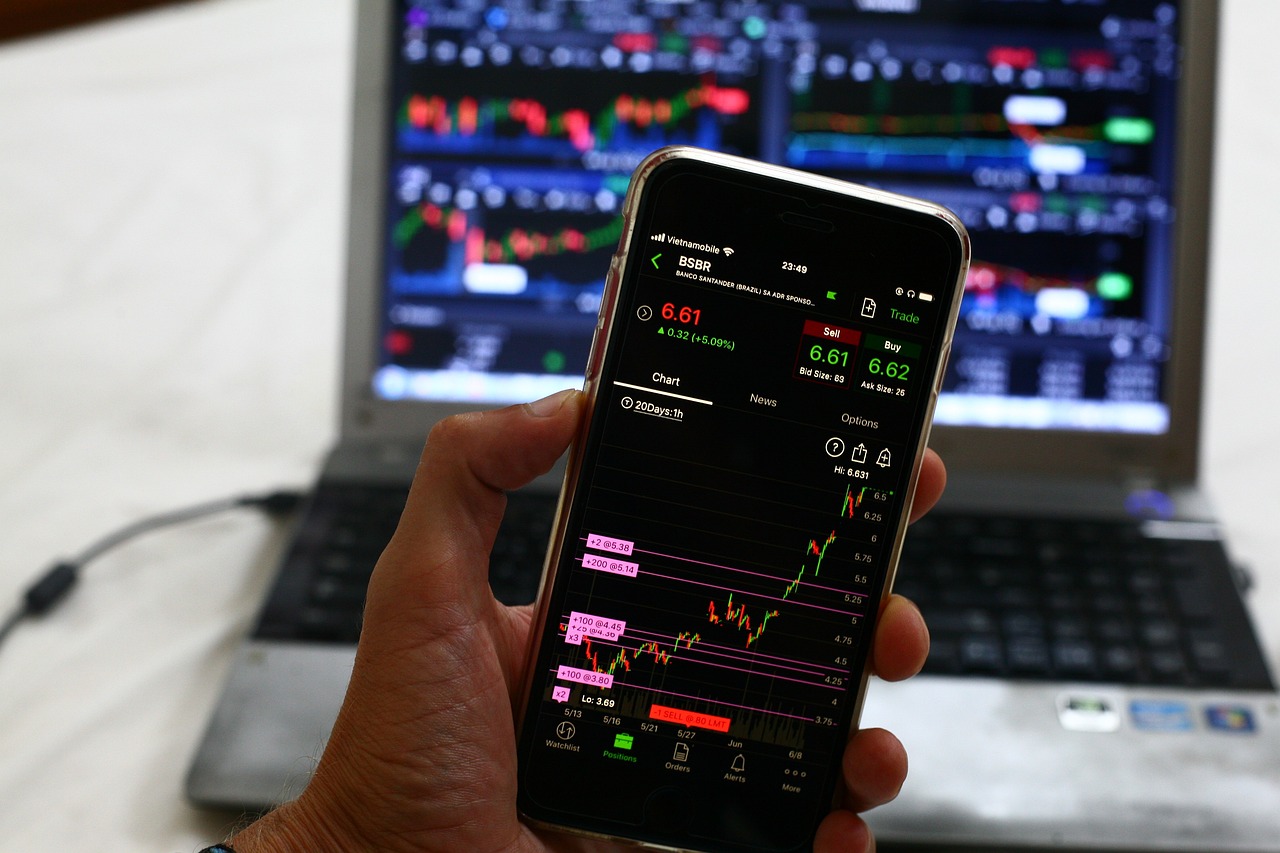Introduction:
In the realm of finance, where innovation and customization are paramount, exotic derivatives play a crucial role in meeting the diverse needs of investors and hedgers. Among these, Asian options stand out as distinctive derivative instruments offering unique features and applications. In this comprehensive guide, we delve into the intricacies of Asian options, exploring their mechanics, characteristics, uses, and the considerations involved in trading or incorporating them into investment strategies.
Understanding Asian Options: Asian options, also known as average rate options, are derivatives whose payoff depends on the average price of the underlying asset over a specified period, rather than its price at a specific point in time. Unlike their European or American counterparts, which are settled at a predetermined maturity date, Asian options are settled based on the average price of the underlying asset over the option's lifespan.
 img src: pixabay.com
img src: pixabay.com
One example of a popular Asian option is the Asian Average Rate Call Option on a stock index. Let's take the Nikkei 225 Index, which represents the performance of 225 blue-chip stocks listed on the Tokyo Stock Exchange, as the underlying asset. Here's how this Asian option works:
Type: Asian Average Rate Call Option
Underlying Asset: Nikkei 225 Index
Strike Price: ¥30,000
Expiration: 3-month maturity
Averaging Window: Monthly averaging over the three months
Payoff Calculation: At expiration, the payoff of the option is determined by comparing the average price of the Nikkei 225 Index over the three-month averaging window to the strike price of ¥30,000.
For example, suppose the average monthly closing prices of the Nikkei 225 Index over the three months leading up to expiration are as follows:
Month 1: ¥29,500
Month 2: ¥30,200
Month 3: ¥31,000
The average price over the averaging window would be calculated as (29,500 + 30,200 + 31,000) / 3 = ¥30,233.33.
If the average price exceeds the strike price of ¥30,000, the option would be "in the money," and the payoff would be the difference between the average price and the strike price. In this case, the payoff would be ¥30,233.33 - ¥30,000 = ¥233.33.
Conversely, if the average price is below the strike price, the option would expire worthless, and the investor would lose the premium paid to acquire the option.
Uses: Investors might use this Asian option to speculate on the average performance of the Nikkei 225 Index over a three-month period. It could also serve as a hedging tool for portfolios heavily exposed to Japanese equities, allowing investors to protect against downside risk associated with fluctuations in the average index level.
This example illustrates how Asian options can offer a unique way to gain exposure to the average performance of an underlying asset over a specified period, providing opportunities for both speculation and risk management in the financial markets.
Mechanics of Asian Options:
The mechanics of Asian options are inherently tied to the calculation of the average price of the underlying asset. This averaging process can occur over various time frames, such as daily, weekly, monthly, or even longer periods, depending on the terms of the option contract. The averaging period, known as the "averaging window," is a critical parameter that influences the option's payoff and pricing.
Let's explore the mechanics of an Asian option using a hypothetical scenario:
Type: Asian Call Option
Underlying Asset: Gold
Strike Price: $2000 per ounce
Expiration: 3-month maturity
Averaging Window: Monthly averaging over the three-month period
Scenario:
Initial Situation:
At the inception of the option contract, the price of gold is $1950 per ounce.
Monthly Averaging:
Over the first month, the monthly average price of gold is calculated based on daily closing prices:
Month 1 Average: ($1920 + $1980 + $2000 + $1975 + $2025) / 5 = $1980 per ounce.
Similarly, the monthly averages are calculated for the second and third months.
Continuation of Averaging:
This averaging process continues over the remaining two months, with monthly averages calculated similarly.
Expiration:
At the end of the three months, the average price of gold over the entire averaging window is determined.
Payoff Calculation:
If the average price of gold over the three-month averaging window exceeds the strike price of $2000 per ounce, the option is "in the money," and the payoff would be the difference between the average price and the strike price.
If the average price is below the strike price, the option expires worthless, and the investor loses the premium paid to acquire the option.
Example Calculation: Suppose at expiration, the average price of gold over the three-month averaging window is $2050 per ounce.
Since the average price exceeds the strike price of $2000 per ounce, the option is "in the money."
The payoff would be the difference between the average price and the strike price: $2050 - $2000 = $50 per ounce.
Uses: Investors might use this Asian option to speculate on the average performance of gold over three months. It could also serve as a hedging tool for portfolios with exposure to gold, allowing investors to protect against downside risk associated with fluctuations in the average gold price.
This example illustrates the mechanics of an Asian option, showcasing its unique averaging feature and how it can be applied to commodities like gold, providing opportunities for both speculation and risk management in the financial markets.
Types of Asian Options:
Asian options come in different variants, offering flexibility and customization to suit investors' specific requirements. The two primary types of Asian options are:
Asian Call Option: In this variant, the holder has the right, but not the obligation, to buy the underlying asset at a predetermined strike price upon the option's expiration. The payoff of an Asian call option depends on the average price of the underlying asset over the averaging window compared to the strike price.
 img src: pixabay.com
img src: pixabay.com
Asian Put Option: Conversely, an Asian put option grants the holder the right, but not the obligation, to sell the underlying asset at a predetermined strike price upon expiry. The payoff of an Asian put option is determined by the average price of the underlying asset over the averaging window relative to the strike price.
 img src: pixabay.com
img src: pixabay.com
Features and Characteristics: Asian options possess several distinctive features that set them apart from traditional options:
Smoothing Effect: The averaging mechanism of Asian options helps mitigate the impact of short-term fluctuations in the underlying asset's price, offering a smoother payoff profile compared to standard options.
Reduced Volatility Sensitivity: Due to their reliance on average prices, Asian options are less sensitive to short-term volatility spikes, making them potentially more resilient to market turbulence.
Cost Efficiency: Asian options may be less expensive to trade compared to their European or American counterparts, making them attractive for investors seeking cost-effective hedging or speculative strategies.
Uses and Applications: Asian options find applications across various financial contexts, including:
Risk Management: Businesses and investors utilize Asian options to hedge against average price risks associated with underlying assets, commodities, or currencies over extended periods.
Portfolio Diversification: Incorporating Asian options into investment portfolios can enhance diversification by offering exposure to alternative risk-return profiles compared to traditional assets.
Volatility Trading: Traders may use Asian options to capitalize on anticipated changes in market volatility or to exploit mispricings resulting from volatility skews or term structure variations.
Considerations for Trading Asian Options: While Asian options offer unique benefits, they also pose certain considerations for traders and investors:
Averaging Window Selection: The choice of averaging window duration is crucial and requires careful consideration, as it directly impacts the option's pricing and payoff characteristics.
Market Conditions: Market liquidity, volatility levels, and prevailing interest rates can influence the pricing and availability of Asian options, necessitating a thorough analysis of market conditions before trading.
Pricing Models: The valuation of Asian options requires specialized pricing models, such as Monte Carlo simulations or numerical methods, due to the complexity introduced by the averaging mechanism.
Conclusion:
Asian options represent a fascinating corner of the derivatives market, offering investors and hedgers a unique tool for managing risks, enhancing portfolio diversification, and exploring alternative trading strategies. By understanding the mechanics, features, and applications of Asian options, market participants can harness their potential benefits while navigating the intricacies and considerations involved in trading these exotic derivatives effectively. Whether used for risk management, speculation, or portfolio optimization, Asian options continue to play a significant role in shaping the landscape of modern finance.


You must be logged in to post a comment.